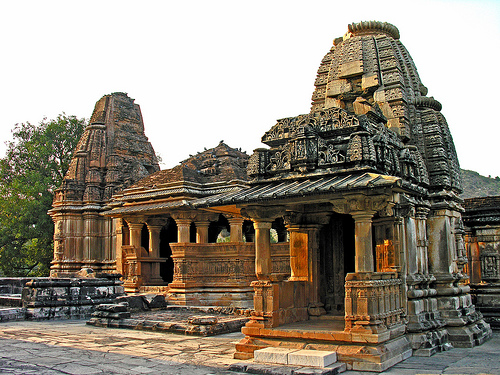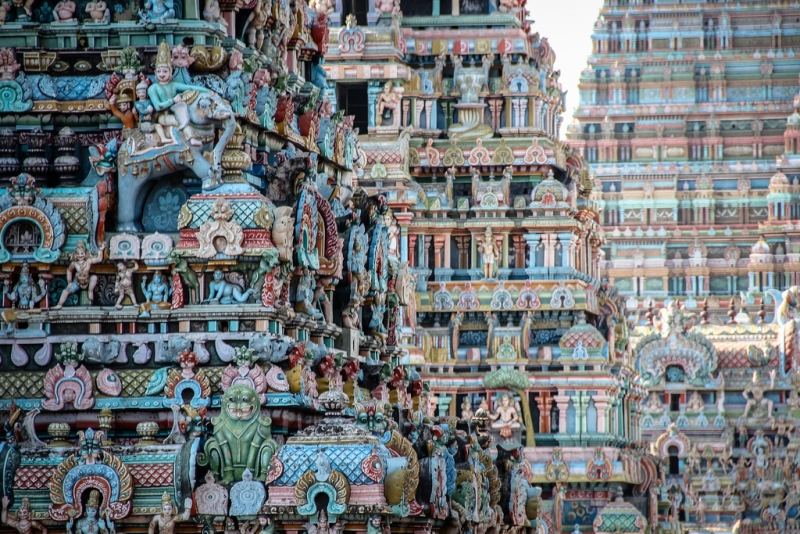Britons have been flocking to India for centuries. The country’s larger-than-life combination of sights, sounds and smells is intoxicating. Combine this with a little ancient wisdom, a dash of mysticism and a wildly varied landscape and it’s not difficult to see why India proves so difficult to resist for its many visitors.
Tourism is the country’s largest service industry, contributing more than six percent to the national GDP and providing more than eight percent of the country’s employment. Most foreign tourists head for the states of Kerala, Delhi, Tamil Nadu, Uttar Pradesh and Rajasthan.
However, for the intrepid visitor, a whole wealth of new experience lies beyond the familiar favourites such as the Taj Mahal and the bustle of Mumbai.

Gujarat
Despite being India’s least-visited state, Gujarat has plenty to offer visitors. Its diverse landscape includes 1600km of coastline, stark salt plains, and beautiful islands. The state also has a reputation for industriousness, largely thanks to the Jain community who are also responsible for the eye-catching marble temples and delicious cuisine.
Andaman Islands
Though they belong to India, the Andaman Islands are nearer Southeast Asia and provide visitors with the ultimate in tropical escapism. The islands, which lie some 1,000km off India’s east coast, combine almost-deserted beaches, a rich and varied marine life, and an intriguing history. Out of the 572 islands that constitute the territory, just 53 are inhabited.
Spiti Valley
Situated high in the Himalayas, in the state of Himachal Pradesh, the Spiti Valley and its surrounding area are one of the least populated regions in India. The valley is a mountain desert, receiving plenty of sunlight and snow, but no rain. The bare brown mountains and towering peaks of the nearby mountain ranges may seem inhospitable, but there is a real sense of community and the people are extremely welcoming.
Spitie valet Valley acts as a Buddhist research and cultural centre, and is home to one of the world’s oldest monasteries – the Tabo Monastery.

Karnataka
Karnataka is a huge state in the southwest of the country, and has played host to human civilisation since time immemorial. Karnataka is bordered by, the Arabian Sea to the west, Andhra Pradesh to the east, Maharashtra to the north, and Tamil Nadu and Kerala to the south. The climate ranges from dry and cool to humid, thanks to a geography combining tropical uplands, coastal regions and arid zones.
Bangalore is Karnataka’s capital and largest city and is a revealing place for those seeking an alternative to Mumbai and Delhi. For a more sedate experience, visitors can find some of the country’s most important religious monuments in places such as Halebid, Belur and Hampi.
Visiting some of the places less frequented by the tourist hordes is highly rewarding, providing the visitor with a sense of discovery and enabling interactions with people that might not be possible elsewhere.
[box type=”tick”]For those who wish to give something back to the country and volunteer India provides a wealth of possibility. Whether it’s helping orphaned street children learn to read, or nursing baby elephants back to health, there are plenty of volunteering opportunities at Projects-Abroad.co.uk and other volunteer placement organisations.[/box]

